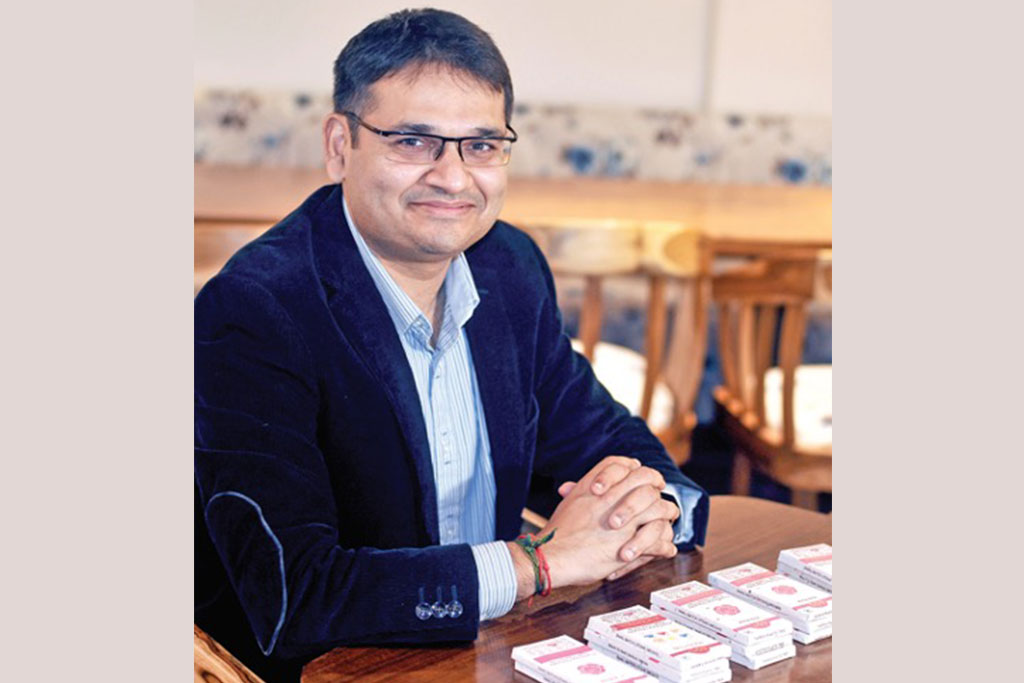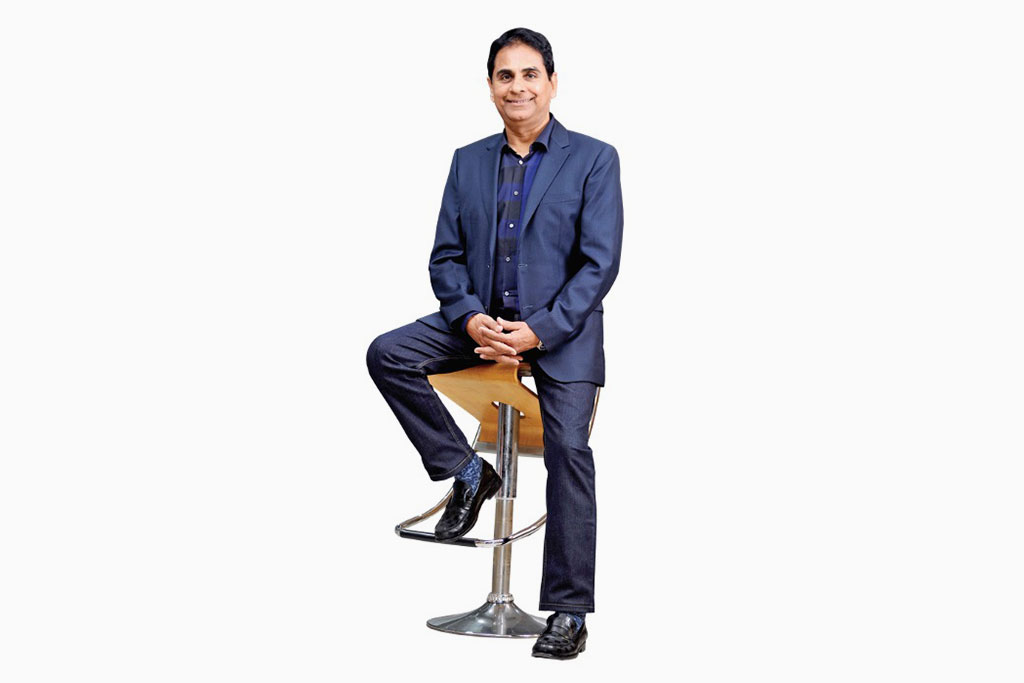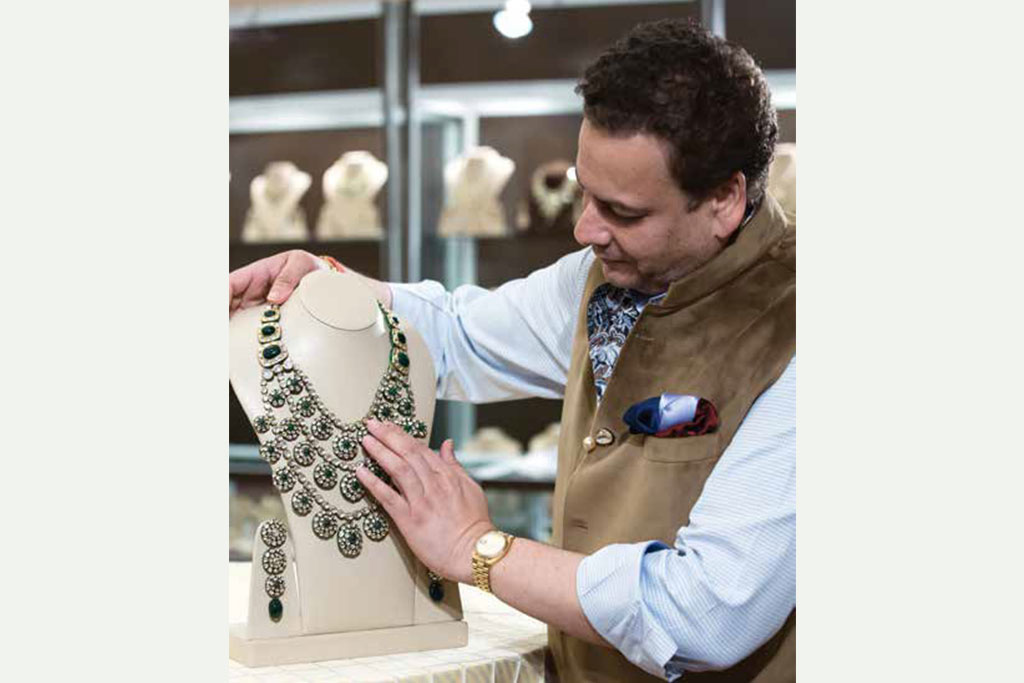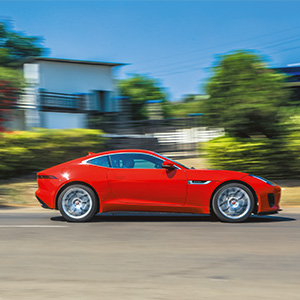
From Bean To Bar
Over the last few years, Indians’ love for luxury chocolates has grown. Earlier, any imported chocolate that came with a high price tag or with attractive packaging was categorised as luxury. Fortunately, Indians are better aware of what luxury chocolates really are. Also, they have become more accustomed to spending more on luxury chocolates, which usually are made in small batches, using specialised ingredients and niche recipes. Little wonder then that the country has gradually started to embrace an exciting offering from the world of luxury chocolates—one that has gained popularity in the rest of the world too: Bean-to-bar chocolates. “We can now safely say that the luxury chocolate industry in India has started taking shape,” says L Nitin Chordia, the co-founder of Kocoatrait, the world’s first zero-waste and sustainable bean-to-bar chocolate brand. “We have exciting times ahead,” he adds. Chordia actually is India’s first certified chocolate and cocoa taster, who hosts chocolate-tasting certifications in India every year, in collaboration with the International Institute of Chocolate and Cacao Tasting, London. Together with his wife Poonam (a trained chocolatier and a Level 2 certified chocolate taster), he operates Cocoashala, a premier institute that offers training in bean-to-bar chocolate making. Through Kocoatrait, they have now become a part of the bean to- bar chocolate movement which, though still at a nascent stage in India, has begun to revolutionise the chocolate industry.

Zero-waste bean-to-bar chocolates from Kocoatrait
THE REAL MEANING
So, what exactly are bean-to-bar chocolates? They are chocolates made from scratch by a single expert, or a small group of experts. The process usually includes buying whole cocoa beans, roasting them, cracking them open into nibs, grinding them until they become a paste known as cocoa mass or cocoa liquor, refining it into chocolate and tempering before pouring it into moulds—all in a single facility. Some bean-to-bar chocolate makers may not roast the beans at all to keep it as a raw product, but the chocolate is still considered bean to bar.
STRONG FOCUS ON FLAVOUR
Chordia says, “In India, chocolate was always marketed as a substitute for the desi mithai. Most chocolates sold here have more sugar in the recipe than Indian sweets!” He, of course, is talking about the mass-produced, excessively sweetened and far-from-healthy chocolates that we have come to expect from mainstream manufacturers. But bean-to-bar chocolate makers in the country are undaunted by this challenging scenario and instead, are working on fresh and innovative chocolate offerings that are a far cry from the commercial chocolate of old. And they are doing this by getting the most out of cocoa beans; the best of the lot often come with an extraordinary complexity and a wide range of flavours. To allow these beans to really prove their worth, bean-to-bar chocolate makers add very few extra ingredients to them to make chocolates.

Bean-to-bar chocolates
HIGH ON SUSTAINABILITY
To offer the truest taste and flavour of the beans, given their varied origin, bean-to-bar chocolates are produced without reducing the proportion of naturally occurring cocoa butter and without adding synthetic flavouring ingredients, artificial emulsifiers or vegetable-based fats. “With Kocoatrait, we do not use flavoured oils to enhance taste. Instead, we use real ingredients like whole spices, herbs, fruits, etc, in the process of making chocolate, to give it the flavour advantage,” says Chordia. Other bean-to-bar chocolate brands too are making a name for themselves by giving their chocolates an Indian twist, like, for example, adding a hint of cardamom or nutmeg, or a fruity note of jamun or sitaphal, or even an aftertaste of the fiery bhut jolokia chilli. Further, keeping in mind today’s well-travelled, evolved and new-age consumers, who care about sustainability and the use of local ingredients, most of these brands are creating a sustainable chain from the farm to the factory. Talking about Kocoatrait’s sustainability model, Chordia says, “From zero-waste and reusable packaging on the outside of our chocolates to the recyclable barrier material in the middle layer, to making chocolates with the more sustainable bean-to-bar manufacturing approach to using organic and local ingredients, we are setting a global benchmark in sustainable luxury and providing a chocolate experience that is currently unparalleled worldwide.
FORECAST FOR THE FUTURE
Chordia estimates that the luxury chocolate market in India will be around ₹400 crore by 2030, propelled by increased travel, awareness and exposure. He is also of the view that the future of bean-to-bar chocolates is bright. “Consumers will start demanding their preferences and bean-to-bar chocolate makers will be rewarded handsomely for responding appropriately,” says Chordia. Optimistic about seeing bean-to-bar chocolate makers claiming a bigger market share and differentiating their product very clearly on premium gourmet store shelves, he concludes saying, “We will also see acquisitions of these bean-to-bar brands by larger mass-market companies looking to operate in both segments.”










